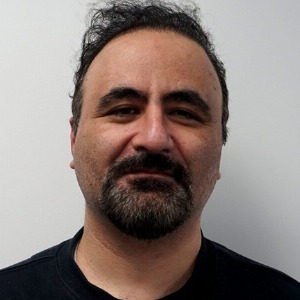Title : AI-assisted gait analysis for trunk posture comparison in carbon vs plastic AFOs: A clinical case study in a child with diplegic cerebral palsy
Abstract:
Orthotic prescription for children with spastic diplegic Cerebral Palsy (CP) typically targets lower-limb alignment and mobility, with limited focus on its impact on trunk posture. However, forward trunk lean during gait can indicate poor postural control and reduced energy efficiency. This clinical case study demonstrates how AI-based gait analysis using OpenPose, a markerless motion capture system, was employed to evaluate trunk posture in a pediatric patient during running while using two different orthoses: plastic and carbon Ankle-Foot Orthoses (AFOs).
An 8-year-old girl with spastic diplegic CP presented with habitual tiptoe walking, ankle plantarflexion, excessive pronation, knee hyperextension, poor hip extension, and forward trunk lean. Though previously fitted with plastic AFOs, she exhibited instability and fatigue during dynamic tasks. To explore the effects of orthotic material on trunk control, sagittal plane videos were recorded as the patient ran in both AFO types. Trunk lean angles were extracted at three key gait phases using OpenPose.
Results revealed significantly improved trunk alignment in the carbon AFOs:
•Initial Contact: 14.3° (plastic) vs 9.6° (carbon)
•Mid-Stance: 16.8° vs 9.6°
•Toe-Off: 19.3° vs 9.9°
The reduced trunk forward lean with carbon AFOs suggests enhanced postural control and dynamic stability, possibly due to increased stiffness and energy return properties of the carbon material. This objective insight supported a clinical decision to transition the patient to carbon AFOs.
This case illustrates the clinical utility of AI-driven posture analysis in orthotic decision-making. While OpenPose has been validated in research contexts, its practical application in real-world orthotic clinics remains underutilized. By integrating such digital tools, clinicians can expand assessment capabilities beyond distal joint mechanics and move towards comprehensive, data-informed care.



